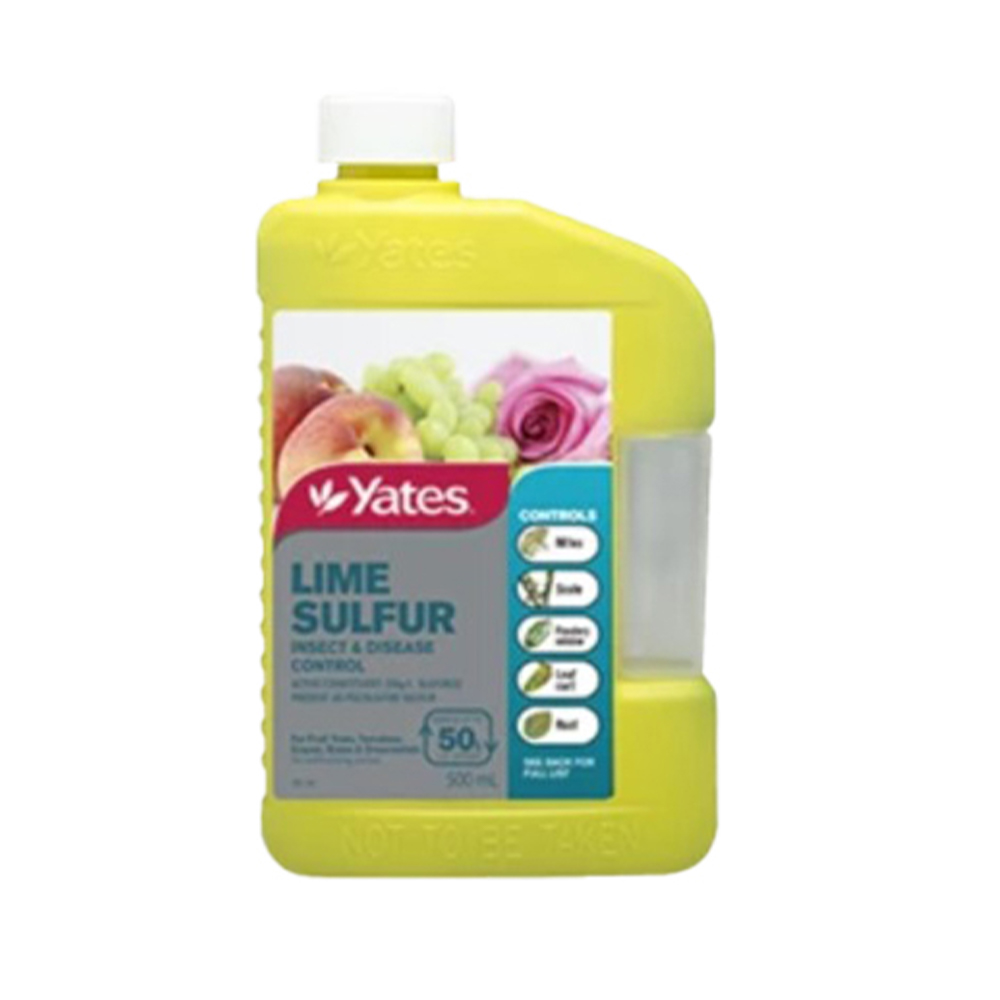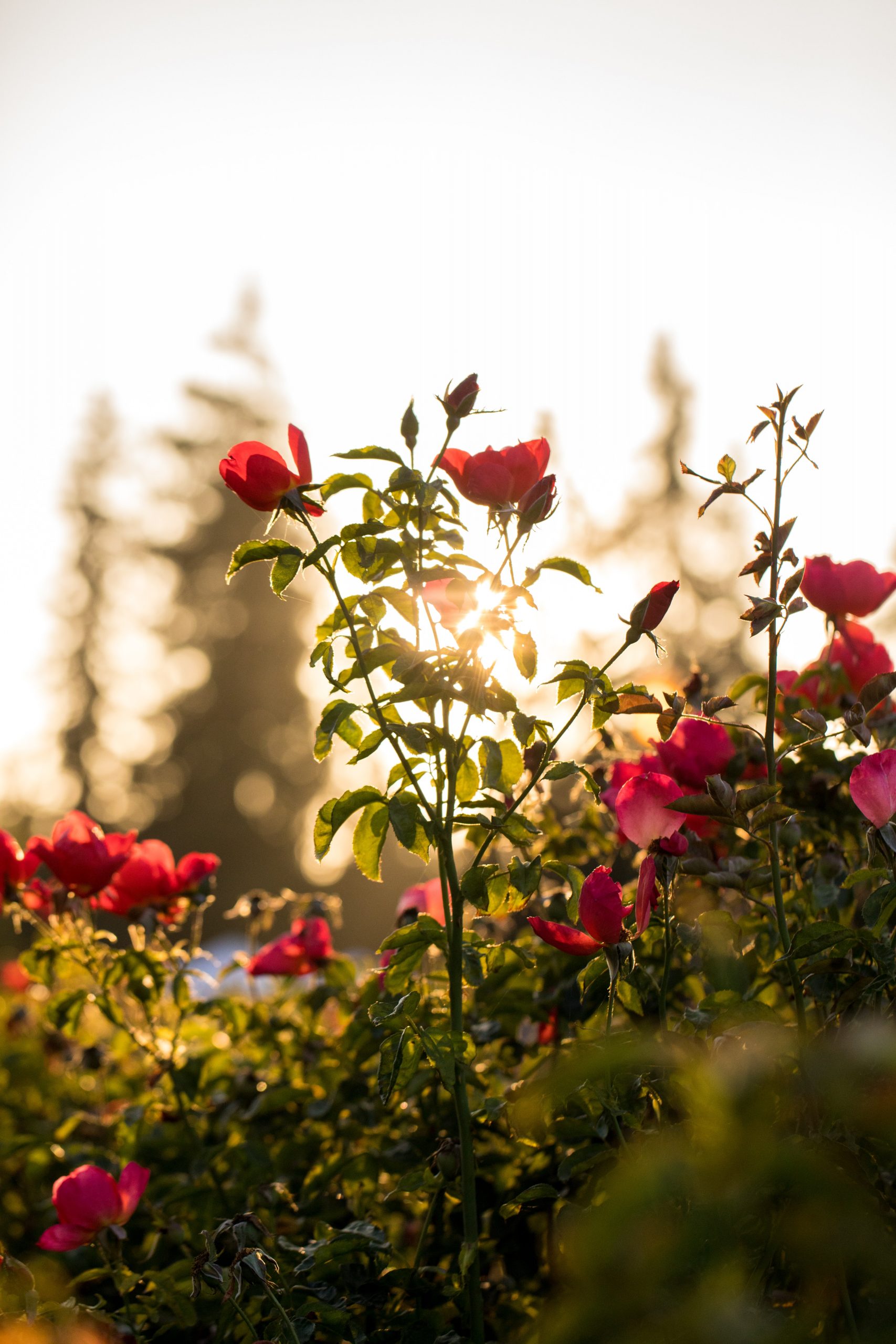Having a rose garden seems like a lot of work; but it is actually easier than you think to product impressive blooms! Rose care is not very difficult to care for than other flowering shrubs. Read on to find products & learn about rose care.
Planting Roses
Timing
Roses are best planted in spring or autumn. After the last frost or at least 6 weeks before your usual first frost is ideal. By planting early in autumn, it gives the roots enough time to establish before they go dormant in winter.
Plant Properly
Planting your roses correctly ensures they have the best start they can.
- The planting hole needs to be deep & wide to accommodate the plants doors. The area needs to have good drainage because roses don't like 'wet feet'.
- Mix a generous amout of garden compost (click on the button below to see how to start your own) or other organic matter into the soil that was removed from the planting hole.
- Use some of this mixture at the bottom of the hole & place your rose bush in the hole.
- Fill the hole partially with the soil mixture and add a fertilizer.
- Water thoroughly & finish filling the hole with the remaining soil. Water again.
If you are planting several bushes, space them at least 1M apart to allow for growth.

Cyclone Post Hole Shovel
The Cyclone Post Hole Shovel is a good general-purpose shovel for digging, clearing deep narrow holes, pits, fencing and shallow trenches

Dynamic Lifter
Use Yates Dynamic Lifter to create organic nutrient rich soil for better root growth, stronger plants and more flowers and fruit. Suitable for use in organic gardens all year round.
Caring For Your Roses
Fertilise Regularly
For a gorgeous show of roses, the bush needs to be fertilised regularly. Organic fertilisers like Dynamic Lifter provides a slow, steady supply of nutrients. Monthly applications of compost or other natural fertilisers works well. For newly planted roses, wait until the plant produces its first blooms to apply fertilisers to avoid burning the roots.
Water Regularly
Soil should be kept evenly moist throughout the growing season. The amount & frequency of watering will depend on your soil type & climate. To keep roses healthy, avoid wetting the rose’s foliage. Use a soaker hose, watering can or watering wand with a soft setting directed at the soil.

Gardena Spray Wand
The GARDENA Comfort Spray Lance is not only suitable for watering plants, but also for cleaning remote areas or those which are hard to access.

Yates 9L Watering Can
A lightweight, double handled watering can. Yates 9L sturdy plastic watering can is ideal for all regular watering and fertilising.
Rose Care: Keeping Your Roses Healthy

Yates Lime Sulphur
Yates Lime Sulphur controls a range of fungal diseases and pests on fruit trees, tomatoes, grapes, roses & ornamentals. Easy to Use Measure Bottle & No Withholding Period.

Thrive Rose Pellets
Yates Thrive Natural Roses & Flowers Organic Based Pelletised Plant Food is a special combination of organic ingredients, boosted with fast-acting fertilisers. Designed to enhance the growth and development of flowers.

Rose Shield
Yates Rose Shield is an all in one insecticide, fungicide and miticide for controlling pests & diseases on roses and ornamental plants.

Thrive Liquid
Yates Thrive Concentrate Rose & Flower Food is a complete, liquid plant food that provides your flowering plants with the balanced nutrients they require for healthy growth and flower production.

Rose Gun
All in one insecticide, fungicide and miticide for controlling pests & diseases on roses and ornamentals. Kills aphids, thrips, caterpillars, budworms, whitefly and mites on roses and ornamentals
Prune Your Roses
Major pruning should be done in early spring, however you can lightly prune your roses all season long to keep them well groomed. It is also impossible to kill a rose bush by over pruning. Start by removing any dead (they will look brown) or damaged stems. Some variety of reblooming roses require deadheading to encourage reblooming. See a step by step guide here. Note that any diseased leaves/stems/roses should not be put in a compost heap.
Be careful not to damage the roses water uptake channels when pruning for a bouquet/vase display. Using proper pruners or sharp garden scissors to cut the stems. Recut the rose stems at a 45 degree angle before placing them in a vase. Strip lower leaves if they fall below the water line, and keep as much as possible above water line. Change water daily if possible to avoid bacteria.

Rose Secatuers
The Rose Gatherer by GARDENA is the right choice for rose care. The scissors have four useful functions, which will come in handy when caring for roses. Use them for cutting, holding the cut stem, stripping thorns, and crushing the stalk ends. Ideal for cutting roses time and time again. Every cut is clean and precise thanks to the stainless steel blade.




















































































